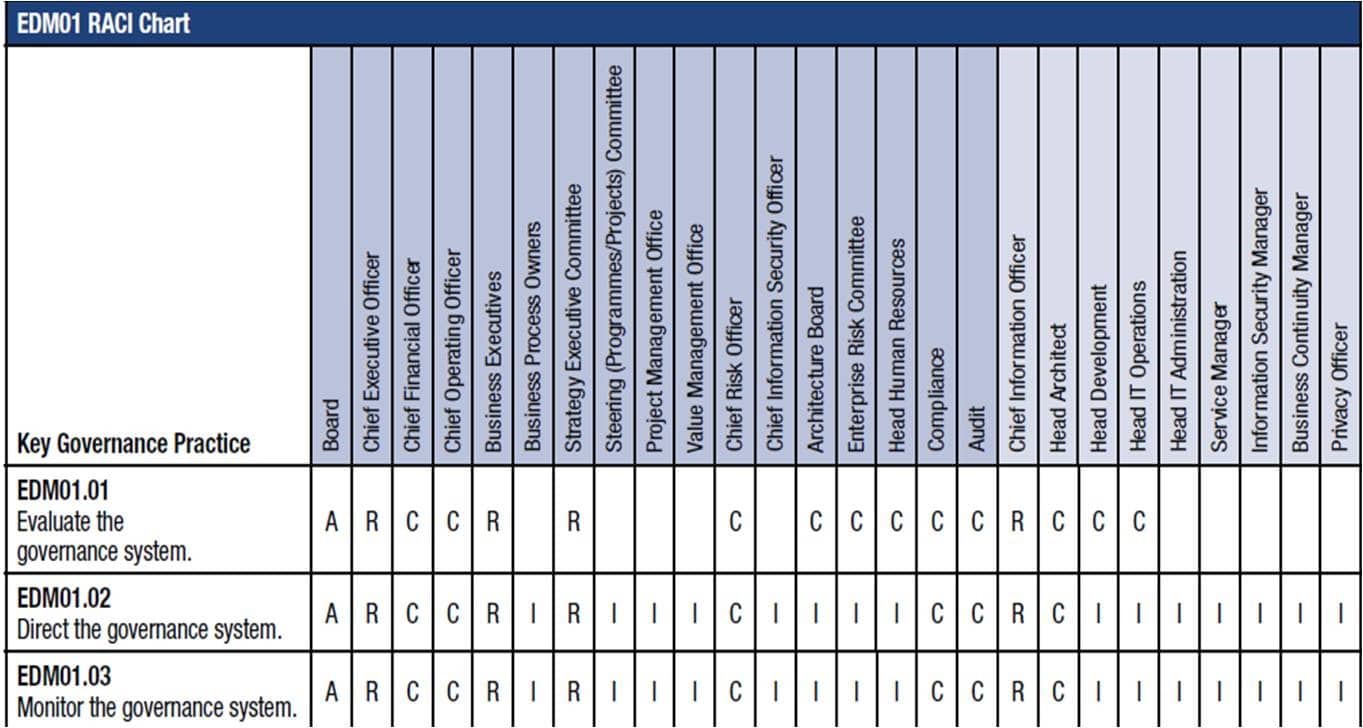Disruptions to business operations can be as catastrophic as a Hurricane Katrina or a 9/11 or as relatively trivial as a minor power outage or a planned shutdown. What ever the gravity, scope and duration the disruption has, your company should be able to handle each situation so that you can declare “business as usual” and really mean it.
By implementing a business continuity plan, your enterprise will not just be able to resume business after a disaster strikes. Rather, your enterprise will be able to deliver goods and services continuously.
One of the major factors that prevent businesses from resuming immediately after a disaster is the loss of data. That is why you’ll want to keep your data in the most secure places.
At Denizon, we won’t just ensure that all your data stays protected at all times, we’ll also put up the appropriate procedures to guarantee their availability in the shortest possible time whenever an interruption happens. That way, all your stakeholders – customers, suppliers, regulators, investors, and everyone in your team – can get back to business right away.
To achieve this, we’ll work with you to plan for and set up the necessary infrastructure, IT solutions, organisation, and practices. We’ll assess your risks, identify the threats and vulnerabilities, then come up with ways to control them.
Ironically, the very act of laying down the foundations of business continuity is a major disruption by itself. Now, both disruptions and even the act of preventing them cost money. That is why we’ve devised a system to reduce interruptions to the most acceptable levels as well as forgo all unnecessary costs.
Do find time to view our service offerings and we’ll show you how to bring down those downtimes.
We can assist you with the following:
